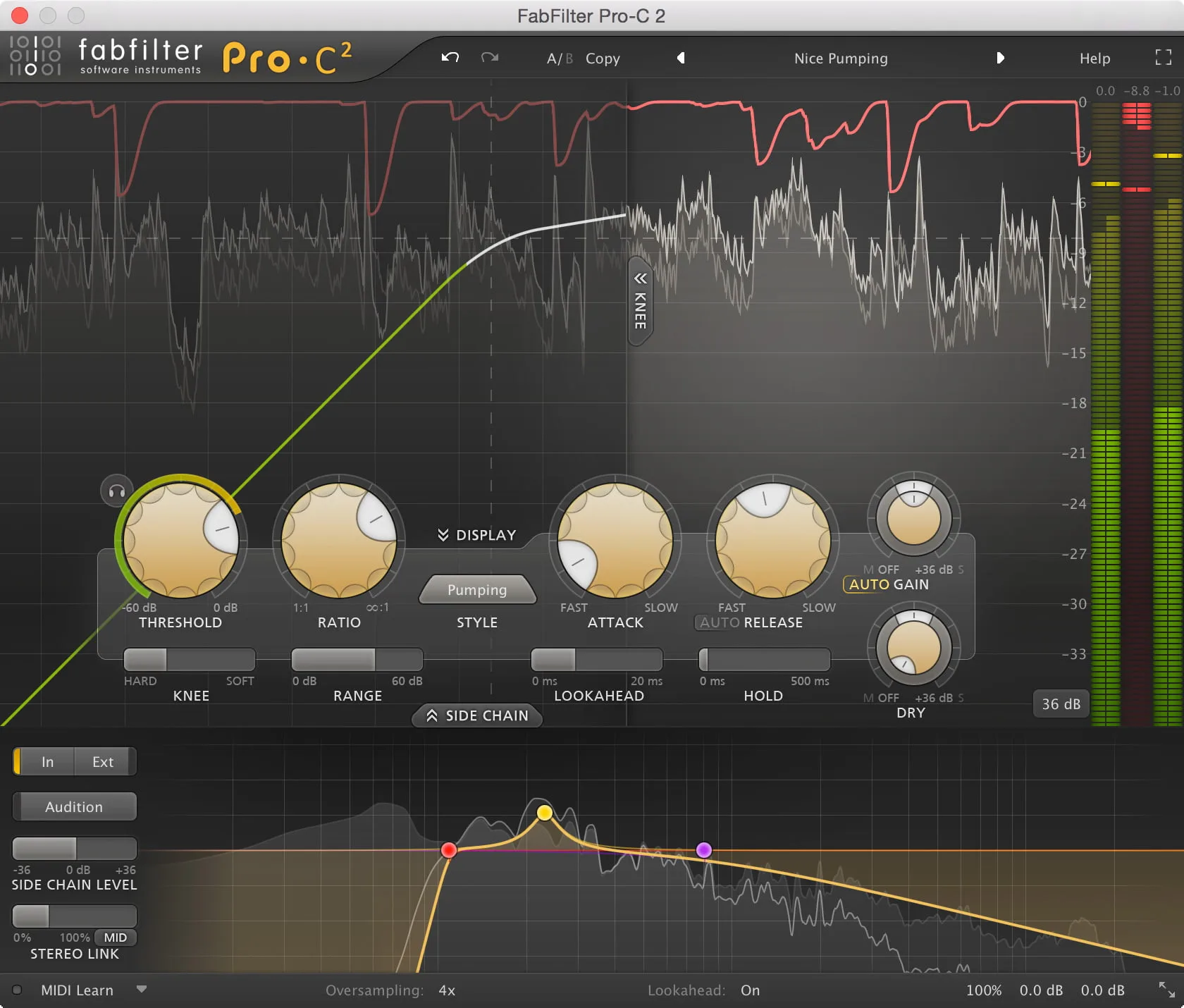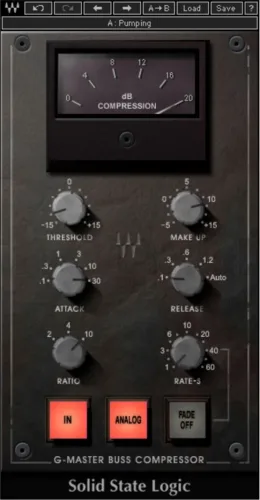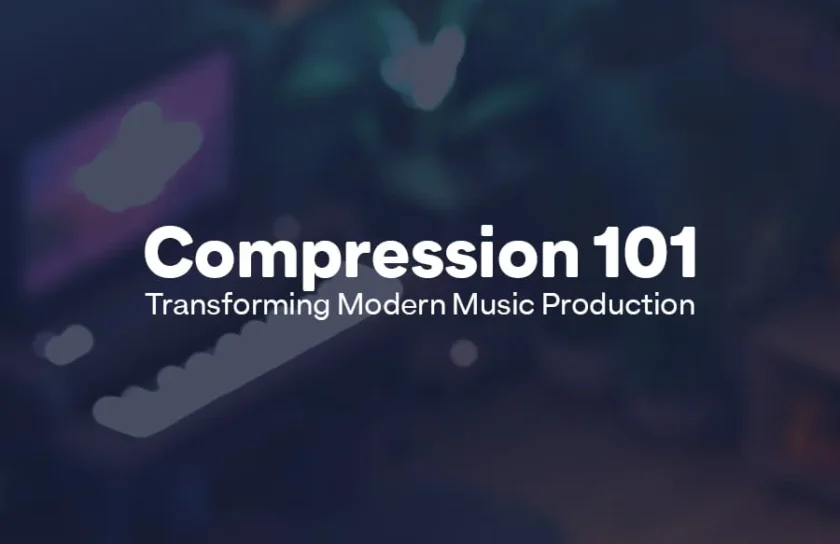
Short History of Audio Compression
Audio compression has played a pivotal role in shaping the landscape of modern music production. The concept of audio compression emerged in the early 20th century with the advent of radio broadcasting. Engineers sought to ensure a consistent audio level during broadcasts, leading to the development of early analog compression techniques.
In the 1950s and 1960s, audio compression technology witnessed significant advancements with the introduction of hardware compressors, such as the Fairchild 660 and 670. These iconic units became synonymous with the warm and smooth sound associated with classic recordings. The adoption of compression expanded into music studios, enabling engineers to manipulate dynamic range, control peaks, and add character to recordings.
Compression in Modern Electronic Music
In the realm of electronic music, compression serves as a powerful tool for achieving desired sound aesthetics and creating impactful mixes. Genres like EDM, techno, and hip-hop heavily rely on compressed sounds to deliver punchy drums, tight basslines, and explosive dynamics.
Compression is often used to even out the volume levels of individual tracks, resulting in a cohesive mix. By reducing the dynamic range of elements within a track, compression allows certain elements to stand out while ensuring they don’t overpower others. In electronic music, it is common to apply compression on drums, synths, vocals, and basslines to enhance their presence and make them cut through the mix.
Additionally, compression can be utilized creatively to shape the envelope and sustain of sounds. Sidechain compression, a technique frequently employed in electronic music, involves triggering the compression on one track using the input from another. This effect can create the iconic “pumping” sensation where the volume of a sound is rhythmically shaped by the beat, enhancing the groove and energy of the music (Sidechain).
Most Used VST for Compression
With the widespread use of digital audio workstations (DAWs) and virtual studio technology (VST) plugins, software-based compression has become a staple in modern music production. Several VST plugins have gained popularity among producers for their exceptional sound quality, flexibility, and ease of use.
One widely recognized VST compressor is the FabFilter Pro-C 2. Its transparent sound, intuitive interface, and advanced features make it a favorite among professionals. The Pro-C ( offers various compression modes, sidechain capabilities, and precise control over attack, release, and ratio parameters, making it suitable for a wide range of applications.
Another popular choice is the Waves SSL G-Master Buss Compressor. This plugin emulates the classic SSL console compressor, known for its ability to add warmth and punch to mixes. With its intuitive interface and renowned sound quality, the Waves SSL G-Master Buss Compressor has become a trusted tool for both beginners and experienced producers.


Most Used Hardware Compressors
While software plugins dominate the landscape of modern music production, hardware compressors continue to be valued for their unique sonic characteristics and tactile control. Many hardware compressors have gained legendary status due to their distinct sound and the way they interact with audio signals.
The Universal Audio LA-2A is an iconic hardware compressor that has been revered for its smooth and musical compression since the 1960s. Its optical design imparts a warm and gentle character to audio, making it a sought-after unit for vocals, bass, and other sources requiring gentle leveling.
Another beloved hardware compressor is the Empirical Labs Distressor. Known for its versatility and aggressive compression capabilities, the Distressor has found a home in many professional studios. With its unique distortion options, “British mode,” and various compression modes, the Distressor can add color, harmonics, and attitude to tracks, making it a favorite among producers seeking characterful compression.
In conclusion, audio compression has a rich history and continues to play a crucial role in modern music production, particularly in electronic music genres. Whether through software plugins or hardware units, compression empowers producers to shape the dynamics, tone, and overall impact of their music. By employing compression techniques effectively, musicians can achieve polished mixes and create the signature sounds that define their genre and style.



